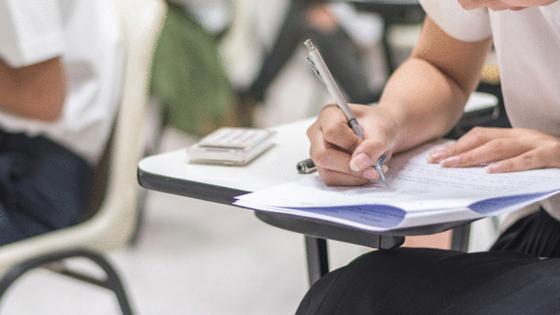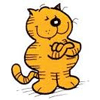The Kid Whisperer: How to use realistic empathy with kids
Published in Lifestyles
Dear Kid Whisperer,
I am a principal at an alternative school. Most of our students have been expelled or counseled out of other schools due to behavior issues. We have all had your training, and we’ve all read your book. Even though our staff is using what they’ve learned from you, sometimes our teachers struggle with being empathetic with students. What can you tell me about how we can be kinder and more empathetic throughout the day?
Answer: This excellent question brings to mind the concept of Realistic Empathy.
It’s not realistic to tell educators to simply be nicer, and good luck with that. Good luck being nice when a middle schooler is standing on a desk and throwing stuff at you. Have a good time empathizing with a high school student who is shouting F-bombs at you from the back row while you are trying to teach algebra.
Realistic Empathy says that it’s only realistic to consistently be calm enough to be kind and empathetic, especially when working with tough kids, if you are using specific, highly effective strategies that allow you to get students to stay calm enough to be nice to you. Realistic Empathy says that, as a matter of emergency, we must go out of our way by immediately making kids feel safe, calm, and respected (ESPN Greeting), and encourage positive behaviors almost constantly (Strategic Noticing), while remaining calm when kids experiment with negative behaviors that would otherwise get us angry, lead us to unkind behavior, and to not demonstrating sufficient empathy (Calm Signal).
Here’s how I suggest you and your staff use these strategies to realistically have a shot at being sufficiently kind and empathetic.
Kid approaches her classroom first thing in the morning.
Kid Whisperer is standing with one shoulder in the room and one shoulder out of the room so he can monitor the hallway and the classroom. He gives Kid Eye Contact (E), a Smile (S), Physical Contact (P), and he says her Name (N), (ESPN). Because Kid is higher on the difficulty scale, Kid Whisperer knows she needs extra love, time and attention to feel safe and loved.
Kid Whisperer: Hello, Mary! How is life, my friend? (Kid Whisperer shakes Kid’s hand and does not let go right away). I told you the Lions would win! When are you going to understand how incredibly right I am all the time? Do you want to borrow my Lions hat? You don’t have to answer now. The offer’s on the table.
Kid Whisperer will now move on to immediately use Strategic Noticing with Kid to give attention and thereby control to Kid when Kid uses even slightly positive behaviors.
...continued
©2024 Tribune Content Agency, LLC.







Comments